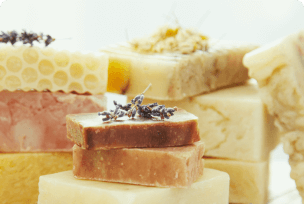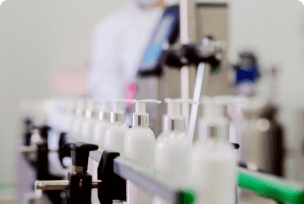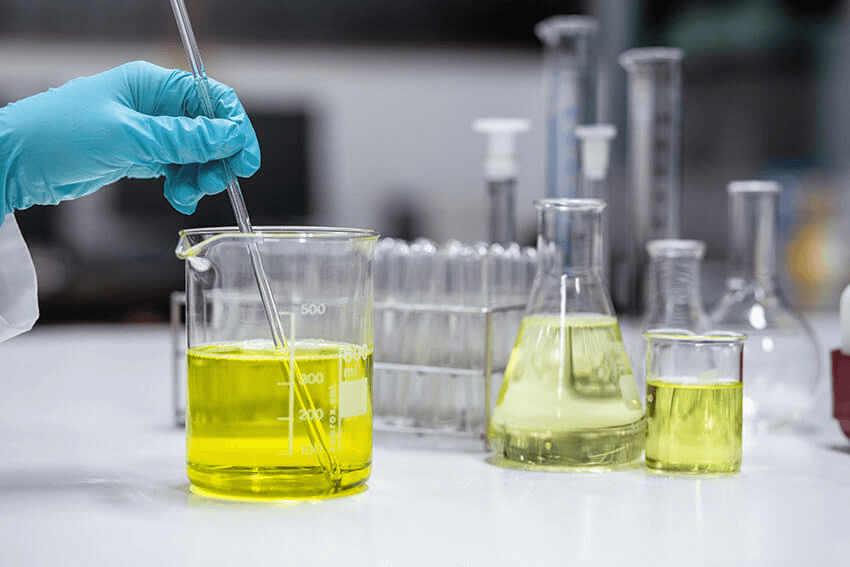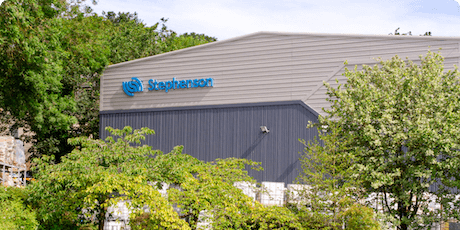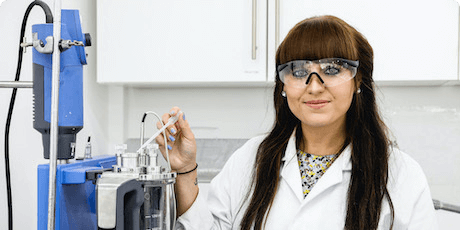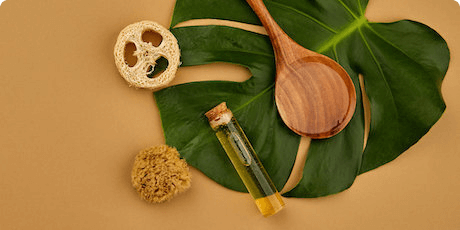Tim uses data and trends from the likes of market-leading brands, manufacturers and research companies to understand where customers should focus on future new product development.
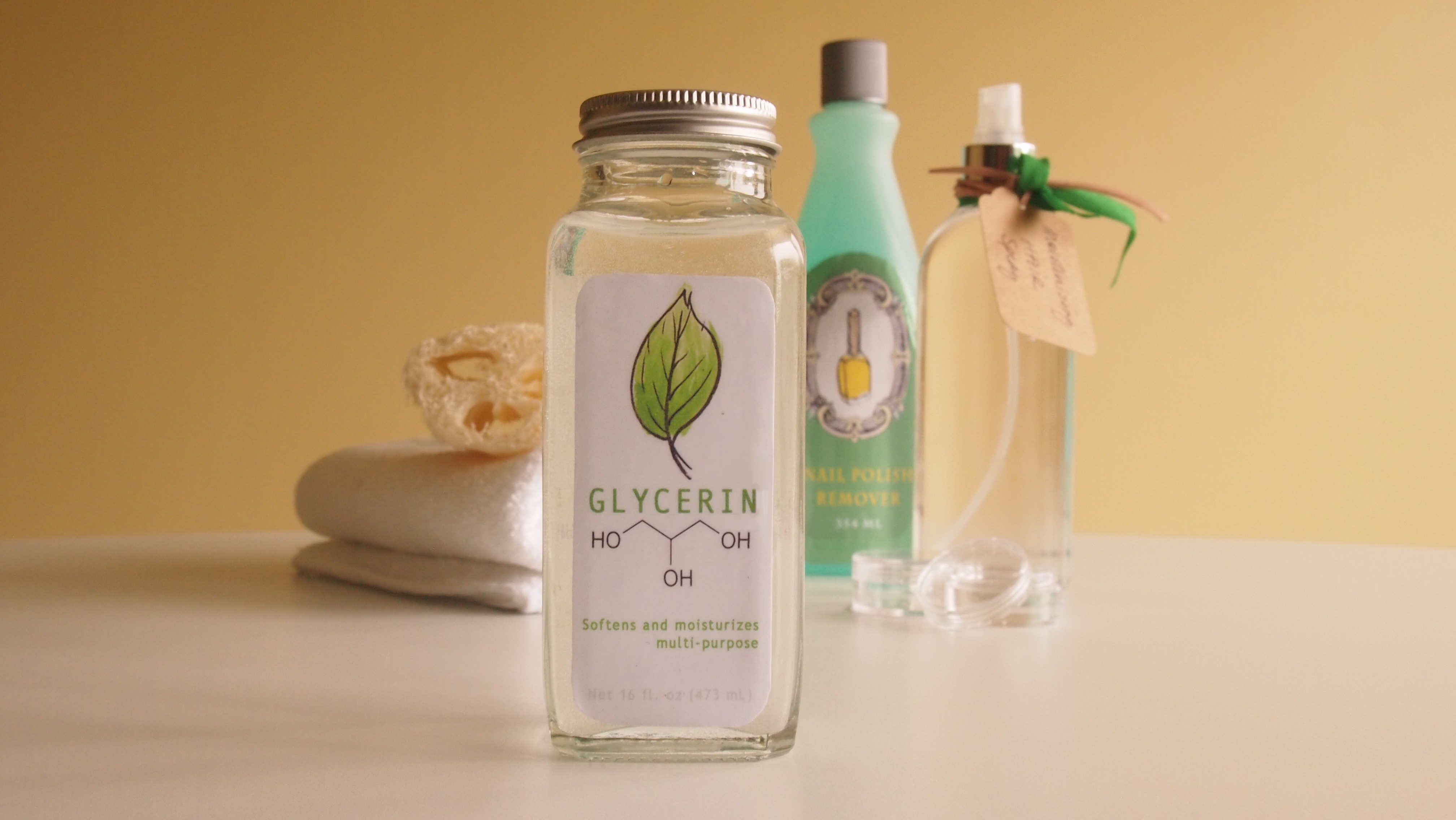
What is Glycerin?
Glycerin, also known as glycerol, is a thick, transparent and non-toxic liquid that is commonly found in soaps. Glycerin is a natural by-product of the saponification process. When oil reacts with alkaline, it forms soap and glycerol. It is common for glycerin to be made this way, with chemists going so far as to formulate soaps in order to extract the glycerin to use in other cosmetic products such as lotions and conditioners.
Glycerin can also be created from tallow or GMO sources. However, we only use a food grade, vegetable-derived glycerin in our soap making.
The properties of glycerin make it a desirable ingredient for many applications including cosmetics, pharmaceutical, food, crafts and even vaping! Here we look at the benefits of adding glycerin to our soap bases.
 Image Credit: Live Strong
Image Credit: Live Strong
Benefits of Glycerin
Glycerin is a humectant, meaning it attracts moisture. When applied to the skin through cosmetics, glycerin can cause a barrier on the skin that locks in existing moisture from washing, as well as drawing moisture from the atmosphere. This makes it one of the most widely used moisturising ingredients in the personal care sector.
A high glycerin content is proven to leave a smooth skin feel and possess good moisturising properties. It is often used in products that are created to treat skin conditions such as psoriasis and dermatitis in medical applications because of its ability to draw moisture through the skin from within.
Glycerin is also a beneficial ingredient in liquid soaps, especially haircare products. Shampoos containing glycerin can lock in moisture throughout the length of the hair, ideal for the manufacture of shampoos created for dry hair types.
All of our glycerin has been derived from vegetable sources, making many of our products suitable for vegetarians and vegans.

What is 'Sweating'
Glycerin is found in Stephenson’s melt and pour soap bases as a natural by-product of saponification, but also as an added ingredient due to moisturising properties. It is because of the high glycerin content of our soap bases that customers often ask why it feels like their bars are ‘sweating’. In humid conditions, moisture is attracted from the atmosphere and sits on the surface of the soap.
By ensuring your work area is as cool and dry as possible, as well as wrapping bars once they have set, this should solve the ‘sweating’ issue. Your soaps will then have all the moisture locked in, ready to be released upon use for that smooth skin feel associated with Stephenson’s products.
Glycerin a key ingredient in Crystal range by Stephenson
All of our melt and pour range of soap bases contain glycerin, typically at around 15-25%. Where oils are used in our soap making process, around 5% of the total glycerin content is a natural by-product of saponification. Where fatty acids are used alone, or in combination with oils, the glycerin content has mainly been added.
Understanding the science behind this relatively simple-seeming (but complex) ingredient, gives you a greater platform to discuss the real skin benefits of your soap products.
The Crystal Oatmeal Shea melt and pour soap base contains around 15% glycerin, and with additional Shea Butter, this base makes a very moisture-rich and nourishing end product. The suspended oatmeal particles are added for extra exfoliation, creating a smooth skin feel.
Read more about our Crystal Oatmeal Shea soap base here or enquire about our products.













